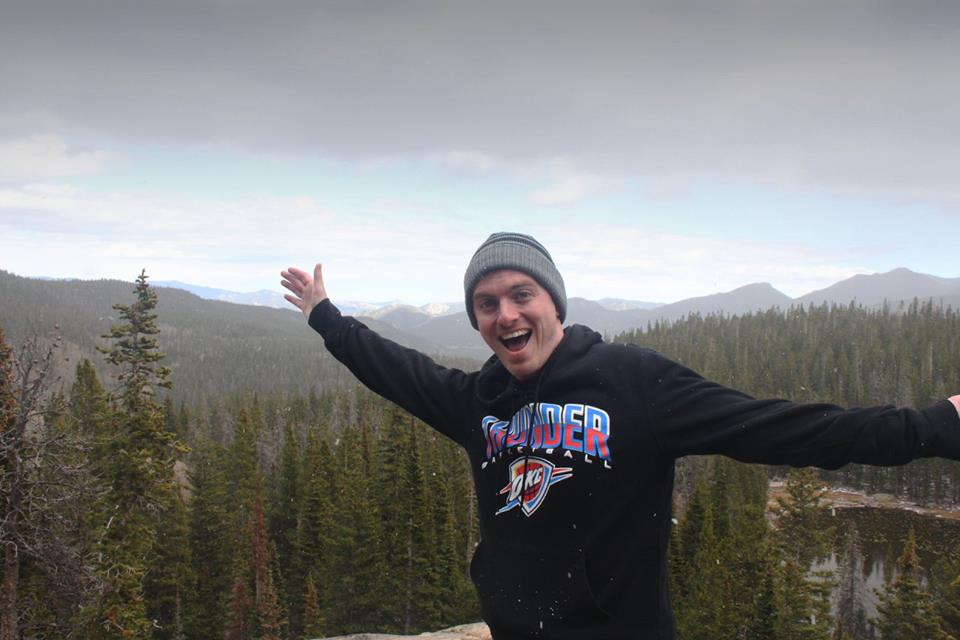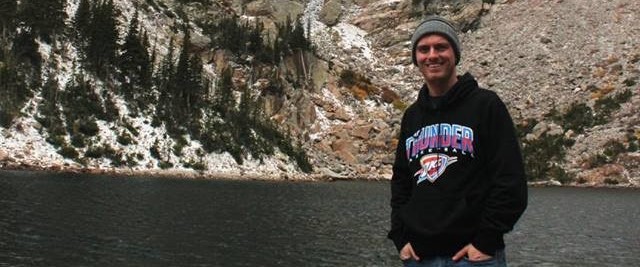One month ago, I didn’t know a thing about the water world in Colorado. Since then, I’ve heard phrases like “acre feet”, “augmentation plans”, and “consumptive use” thrown out around me non-stop. If you don’t know what those things are, it’s perfectly okay.
Although I grew up in Oklahoma, I traveled to the Western Slope every year with my family and have so many fond childhood memories of traipsing through the wilderness with my siblings–I have five of them–and exploring the areas around Hermosa Creek and the Animas River. Colorado, in my mind, has always been connected to the idea of getting away from the craziness of life and experiencing the world at its purest. Being a part of protecting our rivers is a way for me to help others experience those same things–not only today, but in the future as well.
When I started at Colorado Water Trust last month as the Communications and Development Intern, I really had no idea what I was getting into. I thought restoring flows to rivers…cool! Sounds pretty straightforward. But there’s a lot more to it than I realized.
A few things I’ve learned so far:
- Rivers impact us all. And they impact the things we care about. Whether you’re concerned with preserving habitats for various species of wildlife, enjoying a lazy-river beer-drinking type of afternoon, having a beautiful water feature running through your city, or any other fun river-related activities like rafting or fly fishing, having water flowing through your river is essential.
- The Colorado water system is a very complex one; there is no other state that regulates water usage the same way that Colorado does. Simplified, we use a prior appropriation system here, which essentially means that people who used the water earlier in history have priority access to water.
- The work that Colorado Water Trust does takes time and it takes a lot of relationship-building. Because water is so scarce and because of a long history of conflict over water rights in Colorado, the fear of losing water rights keeps many people from even considering the idea of leasing their water rights to someone else. For many water users, their water rights are their most important resource and a major financial asset.
- Everyone here at Colorado Water Trust works extremely hard to restore flows to Colorado’s rivers in ways that are win-win, like we did with the recent 15 Mile Reach project. It’s not a “do whatever it takes to protect the rivers” mentality, but a focus on “let’s find a solution that listens to people and puts water back into our rivers.” We’ve done this by finding creative solutions that actually benefit everyone involved, including the water rights holders, farmers and ranchers, and cities.
I still have so much to learn, but I’m definitely beginning to understand the importance of this work–and how extremely vital it is to get people involved. While at Colorado Water Trust, I’ll primarily be assisting with developing content for different communication channels, helping with events (I hope to meet you all at RiverBank in June!), and finding clear and concise ways to communicate what Colorado Water Trust is doing.

I’m excited about being a part of connecting those who care about Colorado with the exciting work Colorado Water Trust does for our state. After all, this is our home. And no matter what the issue is, we should be working together to tackle these problems and find solutions that benefit us all.
Ryan is a graduate student at the University of Denver studying strategic communication and now knows how many gallons are in an acre foot of water.
